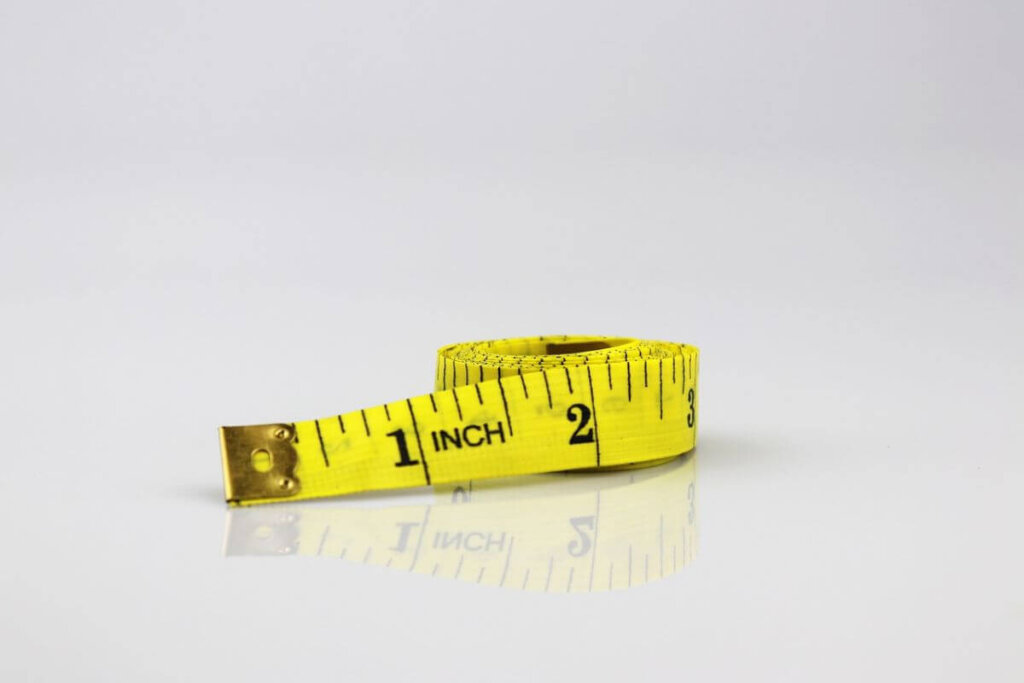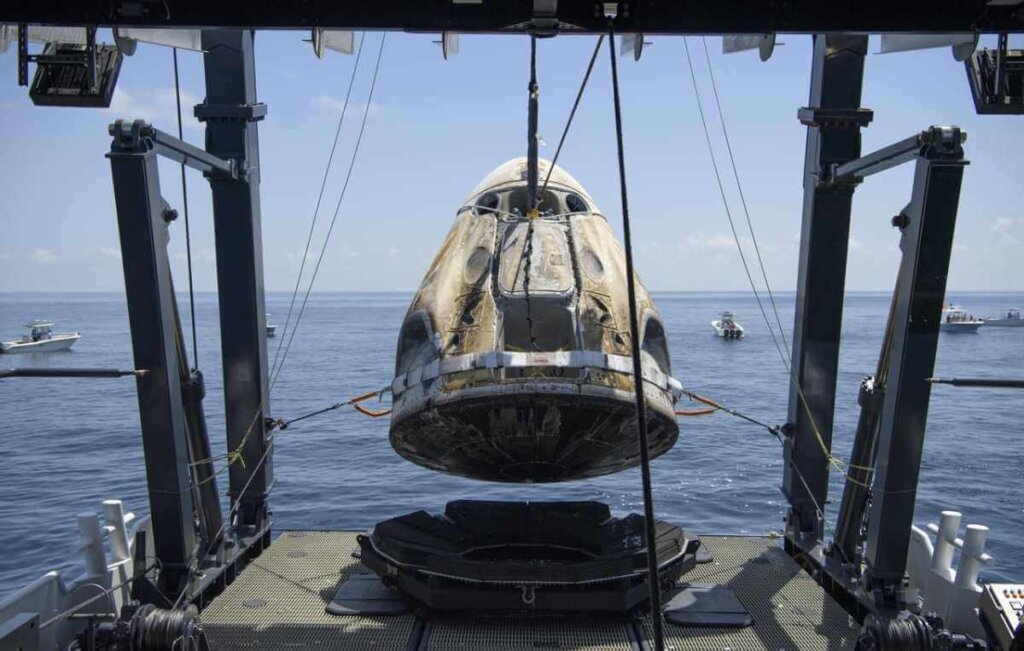When we think of astronauts, we often imagine them floating around in microgravity, conducting experiments, and exploring the vast unknown. But do astronauts get taller in space?
In this article, we’ll explore why astronauts get taller in space, how much they grow, and whether or not the height increase is permanent. We’ll also discuss the effects of this change on astronauts and how they manage it during their missions.
Why Do Astronauts Get Taller in Space?
When astronauts leave Earth and head into space, they encounter a new environment with much less gravity than what we’re used to. This is called microgravity, and it’s a fancy way of saying that the force of gravity is much weaker than it is on Earth. Now, our bodies are amazing at adapting to new situations, but this change in gravity has some interesting consequences, especially regarding our height.
On Earth, gravity constantly pulls us down, compressing our spine and joints. This means the space between our vertebrae (the bones that make up our spine) is slightly squished, keeping us at our normal height. But in microgravity, something magical happens. Our spines can stretch out and decompress without gravity pushing down on us. This leads to an increase in height, sometimes as much as a couple of inches!
Spinal decompression
In microgravity, the spine is no longer compressed by gravity, allowing the vertebrae to expand and separate. This phenomenon, called spinal decompression, results in an increase in height for astronauts in space.
How Much Do Astronauts Grow In Space?
Now, remember that every person is different so the height increase can vary between astronauts. However, on average, astronauts can grow between 2 to 3 inches (5 to 7.6 centimeters) while they’re out there floating around in microgravity.

What’s even more interesting is how quickly this change can happen. Within just a few days of being in space, astronauts might notice they’re taller than when they left Earth. It’s like they’re experiencing a mini-growth spurt in a matter of days!
Does Going to Space Increase Height Permanently?
When astronauts return to Earth and feel the pull of gravity again, their spine starts to recompress, causing them to return to their original height gradually. It’s like a reverse growth spurt as they adjust to life on Earth!

Returning to their pre-space height can take a few weeks or months, depending on the person and how long they spend in space. The longer the stay, the more time it might take for their body to readjust.
So, while it might be fun to imagine coming back from space a few inches taller for good, gravity always has the final say regarding our height back here on Earth.
Effects of Height Increase on Astronauts
While getting taller might seem great, it can cause discomfort and back pain for astronauts. When their spine stretches out in microgravity, it can strain the muscles and ligaments that support it. This can lead to soreness and discomfort, which is not the most pleasant experience when focusing on your mission in space!
And then, when it’s time to come back to Earth, astronauts have to deal with the adjustment process all over again. Their spine resists their original state as they readapt to Earth’s gravity. This can also be uncomfortable and sometimes even painful as their body gets used to the terrestrial environment once more.
So, while the height increase in astronauts’ experience in space might seem fun, it’s important to remember that it can have some real effects on their well-being. But, as always, astronauts are well-prepared and have the support they need to navigate these challenges and continue their incredible work.
How Astronauts Manage Height Changes
Exercise and stretching are super crucial for astronauts. Can you imagine floating around all day without using your muscles? That would make it tough to stay in shape! So, to help their muscles and ligaments stay strong and flexible, astronauts have a regular exercise routine that includes aerobic exercises, resistance training, and stretching. This helps them manage the height changes, reduces the risk of injury, and makes it easier to adapt when they return to Earth.
But astronauts don’t have to figure all this out alone. They have a fantastic support team back on Earth, including medical professionals who closely monitor their health throughout the mission. These doctors monitor the astronauts’ well-being and guide how to deal with any discomfort or pain they might experience due to the height changes.
Plus, it’s not just about managing the changes while they’re in space. When astronauts return to Earth, their support team is ready to help them readjust to Earth’s gravity. This can involve physical therapy and rehabilitation, allowing their muscles, joints, and ligaments to regain their “Earth height.”
The Future of Space Travel and Height Changes
As we venture further into the cosmos and spend more time in microgravity environments, it’s essential to understand and address the effects of height changes on astronauts. After all, we want to ensure our space travelers stay healthy and comfortable, no matter how far they journey from Earth!
Researchers are studying how the human body adapts to microgravity and looking for new ways to minimize the impact of height changes on astronauts’ health and well-being. By learning more about the biological processes behind these changes, scientists can develop new strategies, technologies, and even medications that help astronauts manage the effects of microgravity on their bodies.

And who knows? As we continue to make strides in space exploration, we might even find ways to make those height changes less of an issue – or even a non-issue altogether! After all, the possibilities regarding the future of space travel are genuinely endless.
As we look forward to the next exciting chapter in human space exploration, researchers will keep tackling the challenges of height changes and other effects of microgravity on the human body.
Conclusion
So, to wrap things up, do astronauts get taller in space? Astronauts do indeed get taller because of the lack of gravity, which allows their spines to decompress. However, although it might sound exciting, this height increase isn’t permanent and can cause discomfort for our space travelers.
To help manage these height changes, astronauts rely on exercise, stretching, and the support of their medical teams both in space and back on Earth. It’s all about ensuring they stay healthy and comfortable while carrying out their missions in the cosmos.
As we keep pushing the boundaries of space exploration, understanding and addressing the effects of height changes in space will be essential. Researchers are continually working on new ways to ensure the health and safety of our astronauts, so they can keep making groundbreaking discoveries and exploring the universe.

